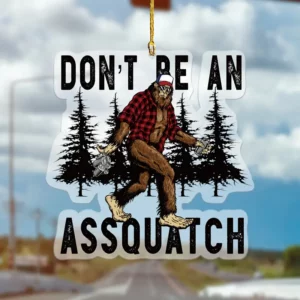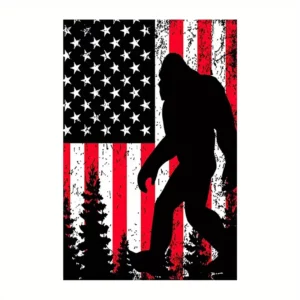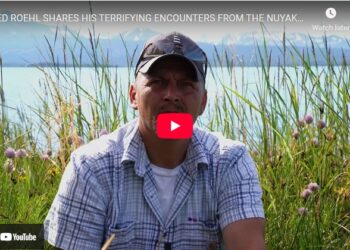The untold story of the 1855 Choctaw-Bigfoot War. When livestock started vanishing from LeFlore County, Oklahoma Territory, no one suspected it would lead to the most terrifying confrontation in Native American history.
Watch as 40 elite Choctaw warriors, led by Joshua LeFlore and the legendary Tubby family, track down and battle three giant, man-eating creatures. This isn’t just another Bigfoot sighting – it’s a documented war that claimed dozens of lives, including 19 children.
From silent raids to the final bloody showdown, learn how the Choctaw’s ancient warrior traditions faced off against something beyond human understanding. Based on historical records, tribal oral histories, and documented evidence from LeFlore County.
Brief summary: The video BLOOD AND THUNDER: The Choctaw‑Bigfoot War of 1855 retells a regional legend about an alleged 1855 confrontation in LeFlore County, Oklahoma, between Choctaw warriors and large, man‑like creatures; it presents dramatic narration, reconstructed scenes, and a mix of oral‑history claims and skeptical commentary.
Summary
The video opens by framing the story as an “untold” or little‑known episode from 1855, then moves through four clear acts: regional background, the period of livestock disappearances, the discovery and battle, and the aftermath and interpretation. It names specific figures and families (for example, a leader called Joshua LeFlore and the Tubby family) and describes a hunting party of roughly 40 Choctaw warriors tracking and engaging several large, allegedly cannibalistic bipedsyoutube.com. The production uses atmospheric music, dramatic voiceover, and illustrative artwork to reconstruct scenes and heighten tension.
Key scenes and timestamps
- 0:00–0:45 — Introduction and hook that frames the event as a major frontier confrontation.
- 0:46–7:47 — Background on the region, the Choctaw presence, and reported livestock thefts that set the stage for a hunt.
- 7:48–22:50 — “Monster in the Shadows”: eyewitness‑style narration of encounters and the discovery of bodies or evidence attributed to the creatures.
- 22:51–35:45 — “The Final Hunt”: dramatized battle sequence and claimed casualties.
- 35:46–end — Aftermath, discussion of sources, and a closing note that mixes oral tradition claims with commentary on evidence.
Main claims and evidence
The video asserts the story is based on a combination of tribal oral histories, local records, and later documentation, and it repeats sensational details such as mass casualties and alleged cannibalism. However, the narrator also acknowledges gaps and frames much of the material as derived from oral tradition and later retellings rather than clear contemporaneous documentationyoutube.com.
Sponsored Products
Your support Helps us pay for this site and conduct Analysis Research, everything helps… besides, you get Cool Bigfoot STUFF…
- Quick View
- Quick View
- Quick View
-
Quick View
Yellowstone Ranch – You Need a Ride to the Train Station – Washed Cotton Baseball Cap – Unisex
$15.00Select options This product has multiple variants. The options may be chosen on the product pageClearBlackPinkBurgandyBrownNavy BlueKhakiGray
Some Featured Items
-
Quick View
Challenge Coin US Armed Forces – Commemorative Coin
Original price was: $9.00.$6.97Current price is: $6.97. Add to cart - Quick View
- Quick View
- Quick View










